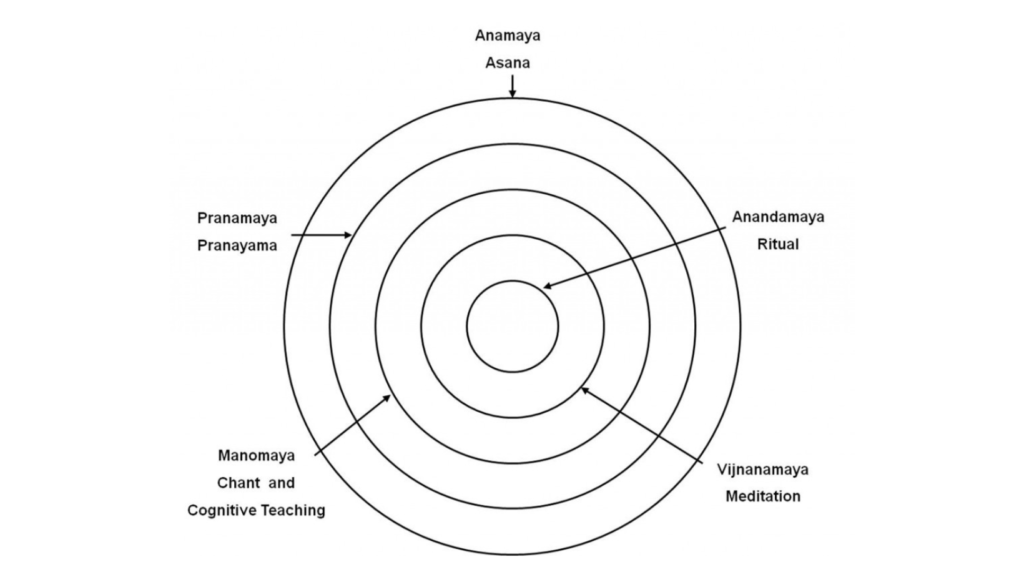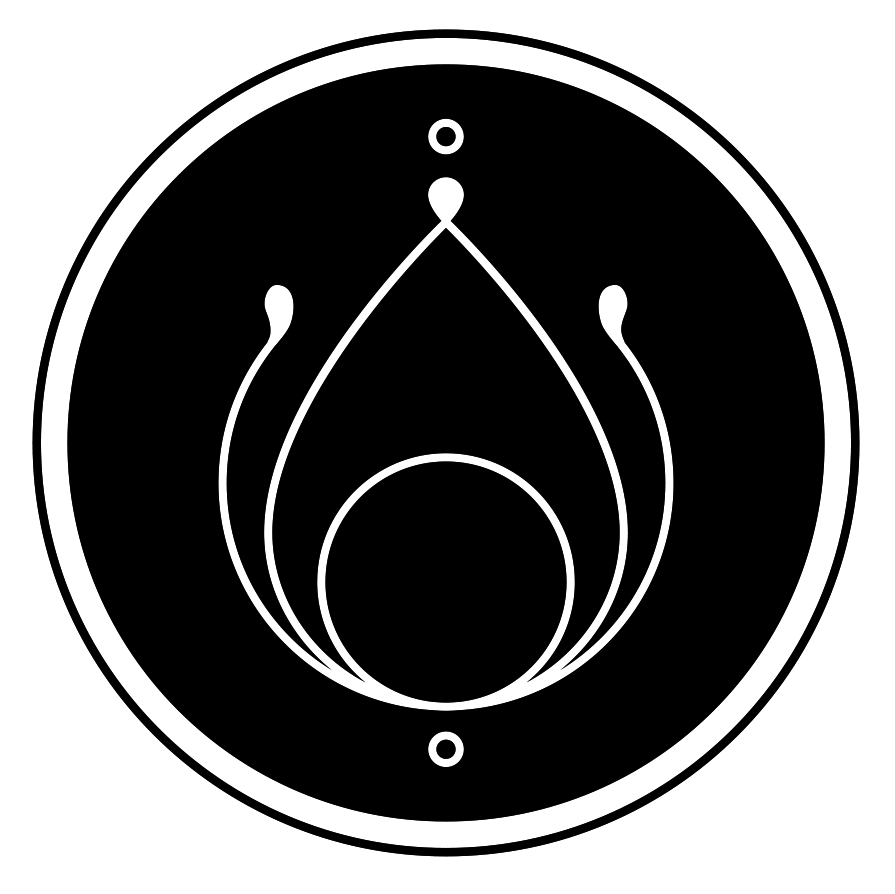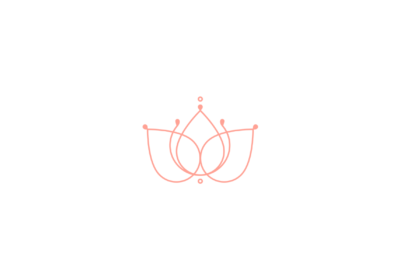Pāncha Mahākośa – 5 Kośa

The human body is our vehicle to express ourselves in the world. But little do we know what the human body is. Yogis have studied the body for thousands of years and have developed a basic philosophy around it. The principal composition of the human body is of five ‘vessels’ or koshas:
- Annamayakośa: the food vessel
- Prāṇamayakośa: the vital energy vessel
- Manomayakośa: the mental vessel
- Vijñānamayakośa: the intellectual vessel
- Ānandamayakośa: the bliss vessel
Our KARMAS (actions) and SAMSKĀRAS (memories and experiences) are stored in the Koshas. They form the partitions between the individual soul and the universal Self. Liberation – MOKSHA – therefore means to release the Ātmā from the limitations of the Koshas. In order to become one with something we must develop the same qualities as that with which we wish to unite. Until we have released ourselves from the Koshas, while we still hang onto our personal ego and continue to identify with the little “i”, we cannot become one with the Infinite.
The 5 Koshas are products of various gross, subtle and causal elements. The elements themselves have no being on their own. They depend on Awareness (Satya) for their existence. Hence the 5 Koshas are Mithya; they have a dependent reality. You do not have to remove Mithya to recognize Satya; you just have to remove the error of taking Mithya as Satya. You do not have to remove wave to see the water, you only have to recognize that wave is nothing but water. Similarly you do not have to remove the 5 Koshas to know you’re the Self. The Self is to be recognized as free from the attributes of Annamaya, Pranamaya, Manomaya, Vijnanamaya and Anandamaya Koshas.

MAIN IDEAS ABOUT THE KOSHAS
1. The 5 Sheaths teaching classifies the Jiva into 5 layers or sheaths (Koshas) based on the function each sheath performs.
2. The Gross Body is called Annamaya Kosha or the Food Sheath or the Physical Sheath. The physical body is called the Food Sheath because it is born out of and sustained by food.
3. The Subtle Body is divided into 3 sheaths: (a) Pranamaya Kosha or the Vital Air Sheath (b) Manomaya Kosha or the Mind Sheath (c) Vijnanamaya Kosha or the Intellect Sheath.
4. The Vital Air Sheath (the physiological system) is composed of the 5 Pranas and the 5 Organs of Action.
5. The Mind Sheath (the psychological system) is composed of (a) the 5 Organs of Knowledge and (b) Mind, Memory and Ego of the 4 Internal Organs.
6. The Intellect Sheath (the cognitive system) is composed of (a) the 5 Organs of Knowledge and (b) Intellect, Memory and Ego of the 4 Internal Organs.
7. The Causal Body is called Anandamaya Kosha or the Bliss Sheath. The Bliss Sheath is where all our conditioning, tendencies and personality is present in seed form, and express themselves from time to time.
8. The 5 Sheaths teaching is used in Self Inquiry to show that the Self is distinct from the 5 Koshas.
9. The 5 Sheaths are “Upadhis” for the Self; that which “apparently” lend their attributes to the Self.
10. The Self is not “covered” by the 5 Sheaths. The 5 Sheaths are nothing but Awareness itself.
11. Mithya means dependent reality, and Satyam means independent reality. The Self is Satyam, and the 5 Sheaths are Mithya. The 5 Sheaths depend on Awareness for existence.
12. You do not have to remove the 5 Sheaths to know the Self. The Self is to be recognized as free from the attributes of the 5 Sheaths.


